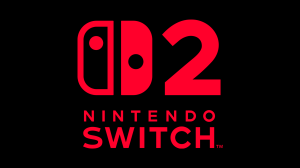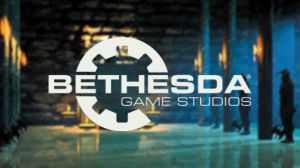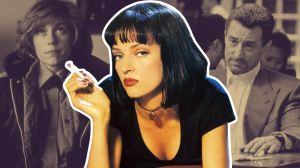The Boys is infamous for its unapologetic brutality, biting satire, and a fearless tendency to upend superhero tropes. From the moment Garth Ennis and Darick Robertson’s comic book series debuted, it challenged everything readers thought they knew about capes and cowls. So when Prime Video brought the world of The Boys to TV in 2019, fans naturally wondered how much of the comic’s shock factor would survive the leap to streaming. As it turns out, quite a bit.
Videos by ComicBook.com
Though it’s inevitable that the The Boys TV adaptation had to its fair share of changes, there are moments that have stayed faithful to their comic book counterparts. From explosive character intros to iconic (and frankly, gross) moments that take a whizz all over the boundaries of taste, here are 10 things that The Boys TV show kept from the comics.
1) Robin Is Killed by A-Train

Right out of the gate, The Boys pulls no punches. Few character introductions are as instantly devastating as Hughie’s. In both the comics and the series, Hughie Campbell’s life is forever altered when his girlfriend, Robin, is killed by A-Train literally running through her so fast her body bursts, leaving Hughie holding her detached arms.
In the comics, Robin’s death is shown through a splash page filled with gore. The show captures that same horror beat-for-beat, with the burst of blood and viscera splattering across one frame before we see Hughie covered in his love’s remnants. In both mediums, the moment is sudden, visceral, and deeply personal, setting the tone for the world Hughie’s about to enter.
What makes this adaptation particularly effective is how it forces the audience to see superheroes from Hughie’s eyes: as reckless, uncaring weapons who face no consequences. It’s the ultimate perversion of the superhero fantasy.
2) Starlight’s Horrific Initiation to the Seven

When Annie January joins the Seven as Starlight, it’s supposed to be the fulfillment of a lifelong dream for her. But the saying “never meet your heroes” has never been more apt when she quickly discovers the truth of the Vought Supes.
In the comics, Starlight is gang-assaulted by three male members of the team during her very first day. It’s a deeply traumatic moment that sets the tone for her arc going forward. In the Prime Video TV series, the assault still plays out, however Starlight’s assault is only perpetrated by The Deep, rather than multiple supes. While the show changes the dynamics, the core violation and abuse of power remain the same.
Kripke’s approach humanizes Annie by showing her navigating trauma, defiance, and resilience in the face of systemic exploitation. While less explicit than the comics, the emotional and thematic weight is just as strong, illustrating how corruption festers even in the most celebrated institutions.
3) Homelander’s Sadistic Tendencies

Few characters in The Boys are as disturbingly consistent between page and screen as Homelander. In both the comics and the Prime Video adaptation, Homelander is a sociopathic narcissist hiding behind the pristine image of America’s greatest superhero. From threatening passengers on a crashing plane to committing horrific acts under the guise of public heroism, Antony Starr’s portrayal delivers a beat-for-beat echo of the comic’s most depraved moments.
Key moments around his grotesque abuse of power, chilling indifference to civilian casualties, and manipulative relationship with Madelyn Stillwell (or in the comics, a Vought executive named James Stillwell) remain intact. In some ways the show adds more of a chilling depth bringing in the Stillwell Oedipal complex milk fetishes and parental abandonment issues. These merely further the messed-up mind of Homelander, rather than detract from the comic’s portrayal of the authoritarian sociopathy in spandex.
4) Herogasm

Fans of the comics were as excited as Frenchie to learn that the annual supes orgy was going to make an appearance on screen. That’s right, the debauched “sex-con”, Herogasm, started out in the comics as one of the most notorious, boundary-pushing arcs Garth Ennis ever penned.
In the comics, the sex-fueled getaway is disguised as an intergalactic mission to battle an alien threat, a parody of larger comic book event storylines. What follows is a week of depravity among the world’s most powerful “heroes.” The show’s recreation in Season 3 doesn’t disappoint, dedicating an entire episode to capturing the setting’s excesses.
While the TV version tones down some of the comic’s most extreme moments — for legal, logistical, and taste reasons — the spirit and structure remain intact. It’s one of the rare superhero adaptations willing to confront the lurid, hedonistic potential of superpowered celebrity with such gleeful audacity. Notably, both versions use Herogasm not just for shock, but as a device to back the veil of the Seven’s hypocrisy and human frailty.
5) The Plane Disaster
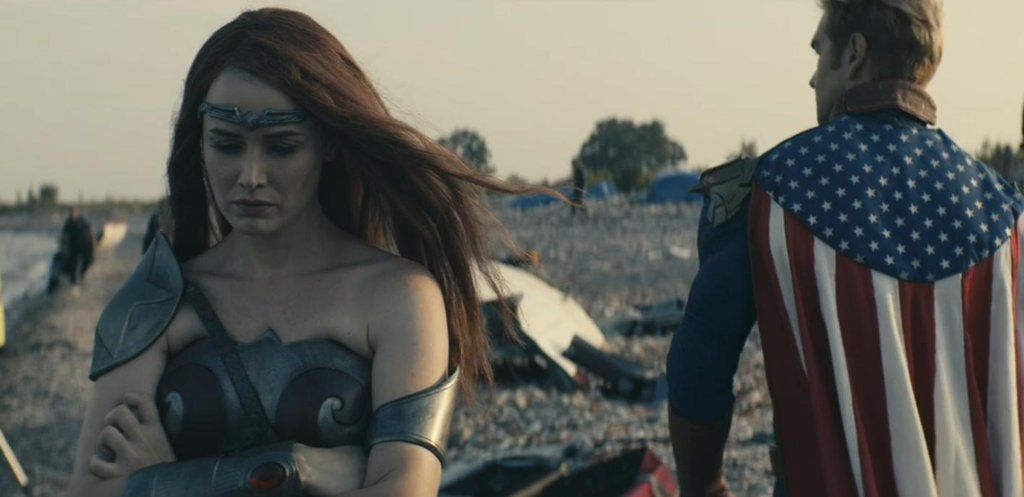
One of the bleakest moments in The Boys comes early in both the TV and comic book versions when a mission to stop a hijacked plane turns tragic. Though the wider reason for the hijacking is not the same in the TV show (the comic version’s plot is actually connected to 9/11), the comic still has the Seven’s bungled rescue which ends with them abandoning the plane — and its passengers — to face a fiery end.
The TV series replicates this with chilling precision in Season 1’s “The Self-Preservation Society.” Homelander and Queen Maeve realize their incompetence, and Homelander’s ruthless pragmatism makes saving the passengers impossible. The cold decision to let everyone die, rather than risk Homelander’s public image, underscores the moral rot at the heart of superhero celebrity.
Maeve’s visible guilt adds an emotional dimension largely absent from the comics. The scene’s sheer horror also functions as a turning point for Maeve, planting the seeds for her eventual defiance. It’s a textbook example of how the show deepens the comics’ nihilistic satire with added humanity.
6) Butcher’s Brutality
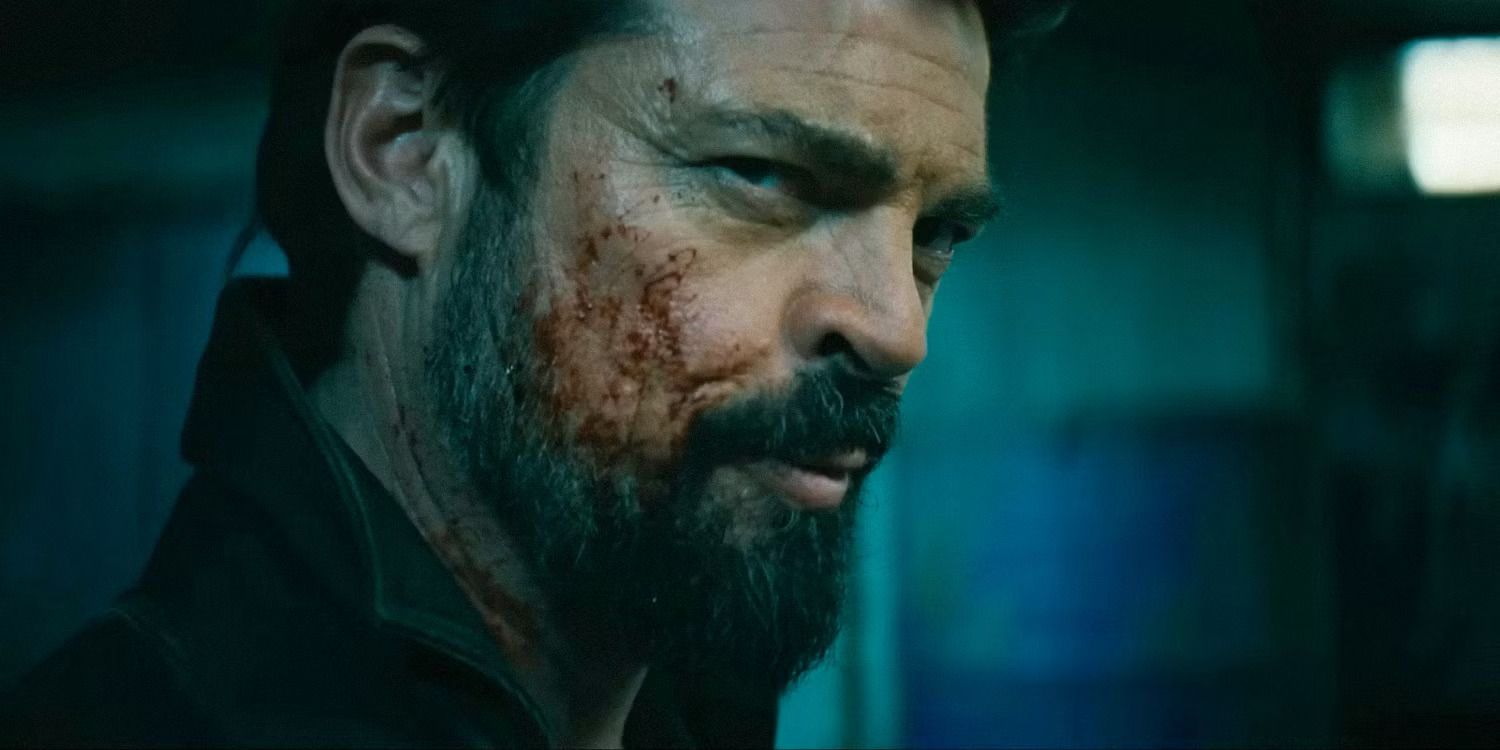
In both mediums, Billy Butcher is driven by a singular, violent desire for vengeance against Homelander and Vought International. His vendetta stems from the assault of his wife, Becca, and her subsequent death during childbirth. Unlike the show, she does indeed pass away, and Urban’s reaction is absolutely terrifying, and the reason why Ryan only exists in the Prime Video universe.
Despite that one brutal difference, the comics and TV series align closely on Butcher’s overall actions. His recruitment of Hughie, his merciless tactics, and his ends-justify-the-means leadership are pretty much parallels. In both versions, Butcher embodies the dangers of vengeance unchecked, and how it can corrode even those fighting for ostensibly noble causes. However, the show also explores Butcher’s vulnerabilities in greater detail, particularly through his complex relationships with the likes of Becca and Hughie.
7) Compound V
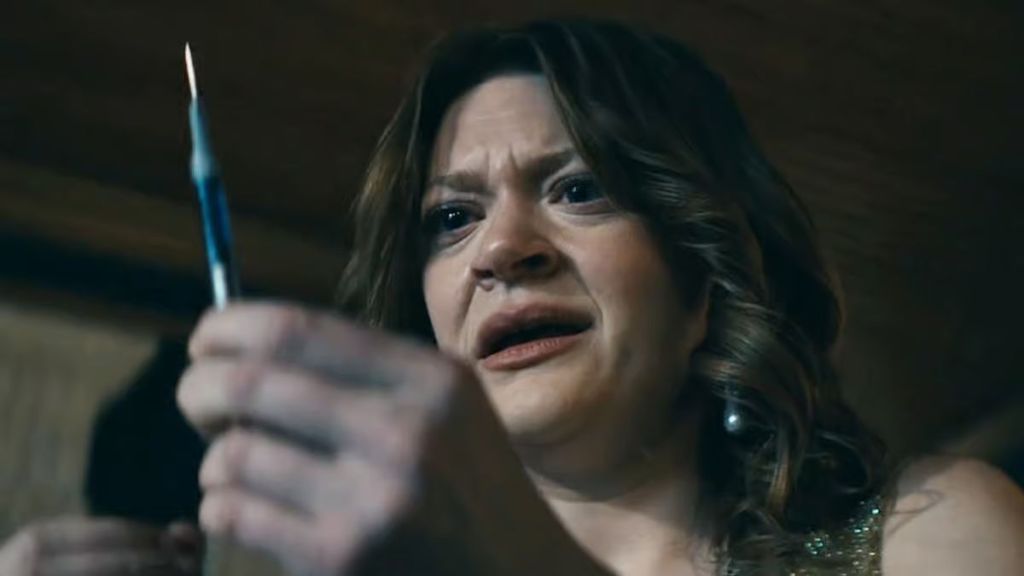
In both The Boys comics and Prime Video series, Compound V is the game-changing serum that flips the superhero world upside down. It’s the not-so-secret sauce that turns regular people into super-powered icons. And in both Ips, The Boys use it too. In the comics, The Boy are using the compound from the get-go. It’s a team agreement that they need to have injections of Compound V too level the playing field when facing their suped-up adversaries and using the enemy’s own weapons to take them down.
Though the TV show chose to take its time before getting to that point, it has finally caught up with the comic books. The decision to maintain Compound V’s role as a world-shaping conspiracy helped keep the adaptation rooted in the comic’s biting critique of corporate control and manufactured celebrity. Even with some changes—like the introduction of Temp V—the message remains intact: in both the comic and the show, superpowers come at a cost, and nobody gets them for free.
8) Stormfront’s Political Beliefs

Stormfront is easily one of the most twisted and ideologically dangerous characters in both The Boys comics and the Prime Video adaptation. Despite some surface-level changes like changing the character from from male in the comics to female in the series, the essence of Stormfront’s character remains disturbingly consistent. The supe is a Nazi super-soldier who uses power and charisma to propagate fascist ideology under the mask of American superheroism.
In the comics, Stormfront is the first successful superhuman, created by Nazi scientists during World War II and later brought to America to serve as both propaganda and enforcer. His violent tendencies, racist views, and obsession with a superhuman master race are central to his identity. Similarly, in the TV show, Stormfront (formerly Klara Risinger) is revealed to be the wife of Vought founder Frederick Vought and a direct product of Nazi experimentation. Her polished public persona hides a deep-seated belief in racial superiority and a calculated effort to reignite those ideologies in modern society.
9) Queen Maeve’s Spiral

In both the The Boys comics and Prime Video series, Queen Maeve stands out as one of the few Supes with an actual conscience. But having a moral compass in a world run by Vought comes with a price.When audiences first meet Maeve in the show, she’s already jaded, emotionally distant, and drinking heavily. As the episodes unfold, we see it’s to cope with the years of covering up the Seven’s atrocities.
This portrayal lines up closely with her comic book version. Maeve is rarely shown without a drink in her hand in the comics. Her constant intoxication shows just how broken she really is beneath the regal exterior. Much like the Prime Video adaptation, comic book Maeve is a powerful woman who once believed in heroism but has been crushed and disillusioned by the brutal reality of Vought’s system.
10.) Vought’s Product & PR Factory

In both The Boys comic series and the Prime Video adaptation the depiction of Vought is remarkably consistent. In the comics, the company operates largely behind the scenes, manipulating events to ensure its continued supremacy. Likewise, the TV series portrays Vought as a master of spin, staging rescues, covering up atrocities, and crafting heroic personas for deeply flawed individuals, all to preserve their corporate image and keep the shareholders happy.
Perhaps the most striking continuity between the two versions is the portrayal of superheroes as manufactured products. Vought controls everything from the supes’ origin stories and media appearances to movies, merchandising deals and politically motivated team-ups. Whether it’s through orchestrated PR stunts or brutal cover-ups, both the comic and show make clear that public perception is Vought’s true priority, and the supes are just messed up puppets.

